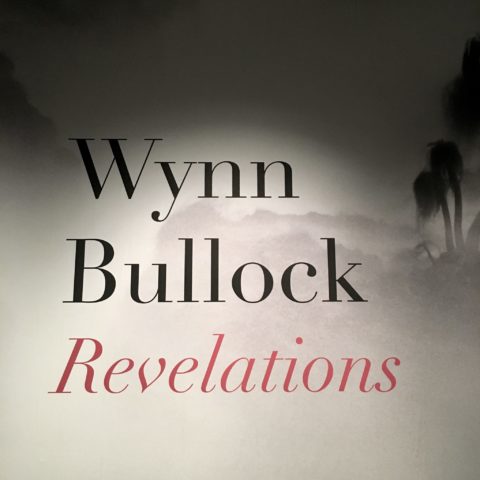 A while back I experienced a photo exhibit of the work of Wynn Bullock (1902-1975) at the University of Arizona’s Center for Creative Photography. I wrote this post but never published it. Better late than never.
A while back I experienced a photo exhibit of the work of Wynn Bullock (1902-1975) at the University of Arizona’s Center for Creative Photography. I wrote this post but never published it. Better late than never.
“I love the medium of photography, for with the unique realism it has the power to evoke a sense of the unknown through the known, the invisible through the visible.”
Bullock was an influential photographer from the last century, a contemporary of Ansel Adams and Edward Weston. Through more than 100 prints, the exhibit displayed Bullock’s ongoing experimentation and sense of mystery. He was intrigued by new scientific findings about the structure of the universe and contemplated humanity’s place in it.
“It is not that I am uninterested in telling visual stories about people and their everyday lives. I just like to leave this kind of work mostly to others. What I prefer is to trace the hidden roots of humanity deeply embedded in nature.”
Here’s what I learned from the exhibit.
Bullock had an evolving fascination with light. An interesting tidbit I learned was that this image, Let There Be Light, was voted most outstanding by visitors to Edward Steichen’s famous Family of Man exhibit at the Museum of Modern Art in 1955. This helped propelled Bullock to fame. Later in his career, Bullock explored colour light abstractions.
“Light to me is perhaps the most profound truth in the universe. My thinking has been deeply affected by the belief everything is some form of radiant energy.”
Bullock often worked on projects (or themes) for years. Time was one subject that he explored deeply. See this image of a discarded typewriter.
“Bullock considered the phenomenon of time one of the most significant truths in the universe, and he explored it in oblique ways. Whether capturing a discarded typewriter decomposing into the land around it, a lounge chair rusting in the artist’s back yard, or the growth of an enormous tree slowly overtaking the concrete and iron barrier built to contain it, Bullock addressed the passage of time by focusing on evidence of decay. Bullock’s pictures in this vein remind us of the inevitable process of transfiguration across the universe and serve as reaffirmations of the greatest unified duality of all: that of life and death.”
Another project was that of portals; passageways that connect one realm to another. He depicted these through open doorways or figures gazing through windows, and often included nudes. Portals were often symbolic, metaphors for truths that lie beyond our normal frames of reference. Bullock believed that there was more to the world than what first meets the eye; that reality is as much about how one looks at the world, as where one looks. Here’s one example.
Another project came upon him unexpectedly when he started seeing human faces and forms embedded in natural materials around his home, including blocks of wood, stones, fallen trees and sliced fruit. He said, “Mysteries lie all around us, even in the most familiar things waiting only to be perceived.” See: Fallen Tree Trunk
Bullock believed in exploring and growing by pushing into the unknown. To that end, he constantly experimented – with disorienting perspectives, new techniques, and manipulation of negatives. He did this to layer meaning, invite new perspectives, and express emotional resonance. He firmly believed that the camera could be used to expand and even shape our reality through new ways of seeing and perceiving.
“The glory of Einstein is that he proved that the world is not a machine with a man outside it as observer and interpreter. The observer is part of the reality he observes, and by observation he shapes it.”
More Quotes by Bullock
“My pictures are never pre-visualized or planned. I feel strongly that pictures must come from contact with things at the time and place of taking. At such times, I rely on intuitive, perceptual responses to guide me, using reason only after the final print is made to accept or reject the results of my work. Although both intuition and reason are equally important tools that help me grow visually, the creative act itself comes from an intense, direct, one-to-one relationship between myself and whatever I photograph.”
“I didn’t want to tell the tree or weed what it was. I wanted it to tell me something and through me express its meaning in nature.”
“I totally disagree with the belief that nature was only made for the use of people. Human beings are not the center of the universe, and, if they are to sustain themselves, it is vitally important for them to be awakened to how closely they are linked with the rest of nature.”
I strongly relate to Bullock’s intimate relationship with nature and light. And, he teaches me to stay true to my interests and resonances in photography and life.
Bullock was truly an adventurous see-er.
Learn more at his website: Wynn Bullock Photography